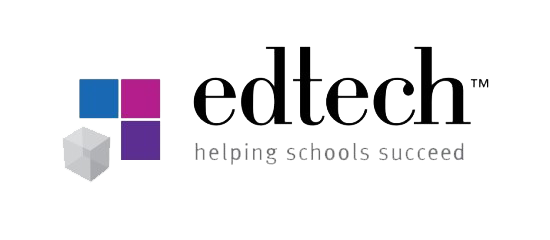As a tumuaki, Paul lost his admin officer at short notice on two occasions. The first was back in 1993 but he remembers it vividly!! Edtech is happy to help in such situations, by providing immediate assistance and by training your new staff to ensure a smooth transition once they settle into their role.
Most kura are now working in the cloud, using Edpay, Xero, Approval Max, online Asset Registers, Hubdoc, and other apps that integrate so well with Xero. This reduces cost whilst increasing efficiency and transparency. As a result, more and more kura identify that school business management is not their core business and that it can be cheaper, easier, and more efficient to hand this off.
The Edtech Business Management Team has strength in depth, with expertise in data entry, payroll, GST, asset management and all other aspects of school financial management.
The team is led by Sue Tappenden, with support from Noeline Higginson, Julie Saulue, and Tina Huang. Our schools get same-day support from an expert every day of the year, (except during the Christmas closedown from 20th Dec - 13th Jan).
For many of our clients, this is working well. It takes a lot of mahi off the shoulders of the principal – increases transparency and efficiency, eliminates the impact of staffing change… and turns out to be very cost-effective, with a consequential reduction in the time required. The downside? We now have a waiting list, though we will always step forward for a school facing a sudden loss of essential finance staff.










